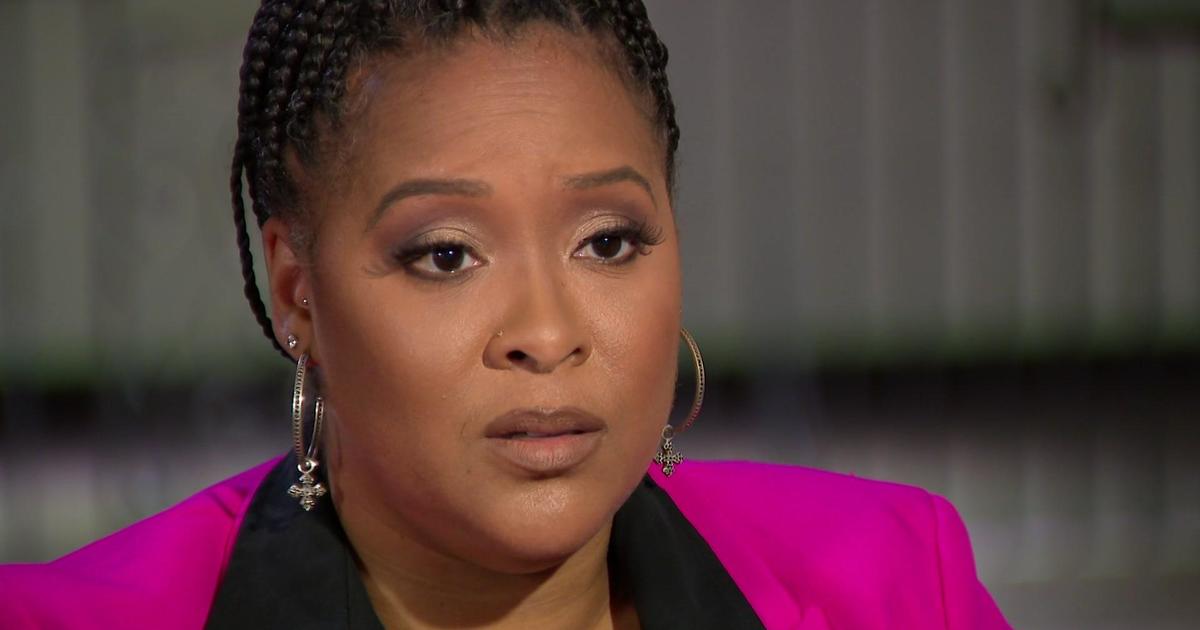Clarifying COVID: What Are Hospitals Experiencing With The Recent Surge In Cases?
MINNEAPOLIS (WCCO) -- It's been over a year since the first case of COVID-19 was detected in Minnesota. And since then, life has changed and the virus has evolved.
Even though we know more about this virus now than we did last March, and many have already received their vaccination, there's still a lot of information to track. So, every week, we'll be asking experts about recent COVID-19 developments.
Returning this week for Clarifying COVID is Dr. George Morris, who is the Physician Vice President for Performance Excellence at CentraCare. Since January of last year, he's been serving as the physician incident commander for CentraCare's COVID-19 response.
Watch the video above, or read his answers to some of the bigger COVID-19 questions below:
---
Why is the state seeing an increase in the number of cases?
We are seeing an increase in the number of cases, especially in our younger population.
We see a significant proportion of the patients are under the age of 40. Above 60% of the cases are under the age of 40. And we are seeing that, as a lot of it due to this new variant, this UK variant or the B.1.1.7. And that is easier spread. It does seem to be causing more serious disease, especially in these younger cases. And this is a concern.
What are hospitals seeing due to this surge?
We've seen the surge, and we've seen the surge, I'd call it, hold steady, and so our cases are going up. Whereas statewide, we have over 700 people hospitalized with COVID or COVID-related symptoms now. And our ICUs are getting full again.
We've had some struggles across the state with saying: Do we have to shift people around, you know, and move them from hospital to hospital or see if this hospital can accept that as a transfer -- just due to how full everybody is.
Can youth sports continue safely outside without masks?
We can be safe with outdoor activities with a few guidelines. No. 1 would be masking on sidelines, or masking before an event. In other words, if you think about it as the playing field, if the playing field, whether that's the white chalk lines on a baseball or softball diamond, the track on a track and field event, the soccer pitch, those areas seem safe.
Now, the sidelines, the social activities, the warm-up, the group gatherings, those are higher risk. And so I know that part of our role is to give advice to MDH in the state, and to let those standards be changed.
And many of the youth athletes or other adult athletes, they're willing to wear a mask, if it allows them to let them play.
What can you tell us about the Johnson and Johnson pause and what you'd say to those more concerned with taking a vaccine now?
Yeah, it's unfortunate, you know, all vaccines, all medications, all of our activities have risks.
And as we look at the Johnson and Johnson vaccine, we know that it had risks. And those risks included some blood clots, and they're very minimal, you know, one in a million.
We also know that COVID has risks, and COVID has killed over 7,200 Minnesotans, which is at least 1,200 per million. And many of those people have died from blood clots, bleeding clots in the lungs, brains.
And this is the balance of what's what's a bigger risk, COVID or a one in a million chance on the vaccine? What's a bigger risk, one in a million chance on a vaccine or driving my car, or smoking, or taking medications that also have risks.
I understand one in a million is a concern, but it's a very small concern.



